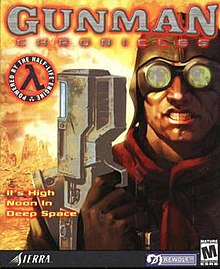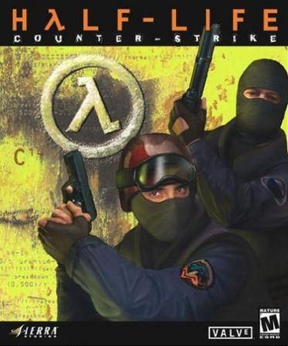
Counter-Strike is a tactical first-person shooter game developed by Valve. It was initially developed and released as a Half-Life modification by Minh "Gooseman" Le and Jess Cliffe in 1999, before Le and Cliffe were hired and the game's intellectual property acquired. Counter-Strike was released by Valve for Microsoft Windows in November 2000, and is the first installment in the Counter-Strike series. Several remakes and ports were released on Xbox, as well as OS X and Linux.
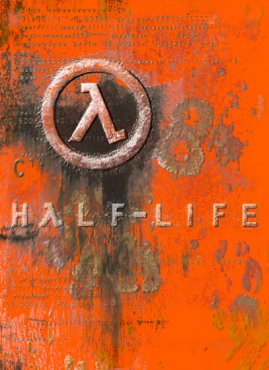
Half-Life is a 1998 first-person shooter game developed by Valve Corporation and published by Sierra Studios for Windows. It was Valve's debut product and the first game in the Half-Life series. The player assumes the role of Gordon Freeman, a scientist who must escape from the Black Mesa Research Facility after it is invaded by aliens following a disastrous scientific experiment. The gameplay consists of combat, exploration and puzzles.

Team Fortress Classic is a first-person shooter game developed by Valve and published by Sierra Studios. It was originally released in April 1999 for Windows, and is based on Team Fortress, a mod for the 1996 game Quake. The game puts two teams against each other in online multiplayer matches; each member plays as one of nine classes, each with different skills. The scenarios include capture the flag, territorial control, and escorting a "VIP" player.
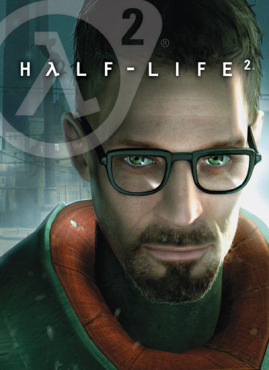
Half-Life 2 is a 2004 first-person shooter (FPS) game developed and published by Valve Corporation. It was published for Windows on Valve's digital distribution service, Steam. Like the original Half-Life (1998), Half-Life 2 combines shooting, puzzles, and storytelling, and adds new features such as vehicles and physics-based gameplay. The player controls Gordon Freeman, who joins a resistance to liberate Earth from the Combine, an interplanetary alien empire.

Half-Life: Blue Shift is an expansion pack for the first-person shooter video game Half-Life (1998). It was developed by Gearbox Software and published by Sierra On-Line. Blue Shift was the second expansion for Half-Life, originally intended as part of a Dreamcast port of Half-Life. Although the Dreamcast port was cancelled, the Windows version was released as a standalone product on June 12, 2001 for Windows. It was released on Steam on August 24, 2005.

The Combine are a fictional multidimensional empire which serve as the primary antagonistic force in the 2004 video game Half-Life 2 and its subsequent episodes developed and published by Valve Corporation. The Combine consist of organic, synthetic, and heavily mechanized elements. They are encountered throughout Half-Life 2, Half-Life 2: Episode One, and Half-Life 2: Episode Two, as well as Half-Life: Alyx, as hostile non-player characters as the player progresses through the games in an effort to overthrow the Combine occupation of Earth.

Tom Clancy's Rainbow Six: Rogue Spear is a 1999 tactical first-person shooter video game developed and published by Red Storm Entertainment for Microsoft Windows, with later ports for the Dreamcast, Mac OS, PlayStation, and Game Boy Advance. The sequel to 1998's Tom Clancy's Rainbow Six, it is the second installment in the Rainbow Six series and the last to be published by Red Storm before its acquisition by Ubi Soft in 2000. The game's plot follows the secret international counterterrorist organization Rainbow as they investigate nuclear terrorism in Eastern Europe.

Half-Life: Decay is a multiplayer-only expansion pack for Valve's first-person shooter Half-Life. Developed by Gearbox Software and published by Sierra On-Line, Decay was released as part of the PlayStation 2 version of Half-Life in 2001. It is the third expansion pack for Half-Life, and like its predecessors, Decay returns to the setting and timeline of the original story, albeit portraying the story from the viewpoint of a different set of protagonists: two scientists working in the Black Mesa Research Facility. Decay is a cooperative multiplayer game, designed to be played by two people working together to pass through the game's levels.

Star Wars Rogue Squadron II: Rogue Leader is a flight action game co-developed by Factor 5 and LucasArts and is the second of the Rogue Squadron series. It was published by LucasArts and released as a launch title for the GameCube in North America on November 18, 2001, and Europe on May 3, 2002. Set in the fictional Star Wars galaxy, the game spans all three original trilogy Star Wars films. The player controls either Luke Skywalker or Wedge Antilles. As the game progresses, Skywalker, Antilles and the Rebel Alliance fight the Galactic Empire in ten missions across various planets.
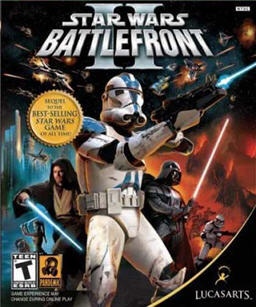
Star Wars: Battlefront II is a 2005 first and third-person shooter video game based on the Star Wars film franchise. Developed by Pandemic Studios and published by LucasArts, it is a sequel to 2004's Star Wars: Battlefront and the second installment in the Star Wars: Battlefront series. The game was released in PAL regions on October 28, 2005, on the PlayStation 2, PlayStation Portable (PSP), Microsoft Windows, and Xbox platforms, and in North America on November 1 of the same year. It was released on the PlayStation Store on October 20, 2009, for download on the PSP. The PSP version was developed by Savage Entertainment.
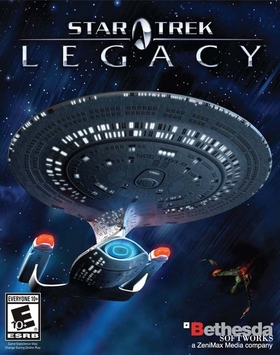
Star Trek: Legacy is a 2006 real-time tactics space combat video game for Microsoft Windows and Xbox 360 developed by Mad Doc Software and published by Bethesda Softworks in association with CBS Paramount Television and CBS Consumer Products. Originally slated for release in the fall of 2006 to coincide with the 40th anniversary of Star Trek, the Windows version was not released in North America until December 5, 2006, and the Xbox 360 version until December 15. In Europe, both the PC version and the Xbox 360 version were released on December 22, 2006.
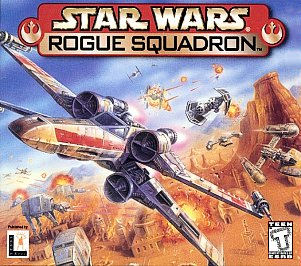
Star Wars: Rogue Squadron is an arcade-style flight action game co-developed by Factor 5 and LucasArts. The first of three games in the Rogue Squadron series, it was published by LucasArts and Nintendo and released for Microsoft Windows and Nintendo 64 in December 1998. The game's story was influenced by the Star Wars: X-wing – Rogue Squadron comics and is set in the fictional Star Wars galaxy, taking place primarily between events in the films Star Wars and The Empire Strikes Back. The player controls Luke Skywalker, commander of the elite X-wing pilots known as Rogue Squadron. As the game progresses, Skywalker and Rogue Squadron fight the Galactic Empire in 16 missions across various planets.

Streamline Studios, founded in 2001, is a global creative and technology company for video games and beyond. Their partners include Capcom, Microsoft, Coca-Cola, Square Enix, BBC Sport, and Balenciaga. GenVid Technologies, Epic Games, Unity3D, and 2K Games.

Half-Life is a series of first-person shooter (FPS) games created by Valve. The games combine shooting combat, puzzles and storytelling.

SunAge is real-time strategy video game developed by Austrian company Vertex4 and published by Lighthouse Interactive. It has received attention due to its use of 2D sprites and backgrounds.

The Chronicles of Riddick: Assault on Dark Athena is a science fiction first-person action video game for Microsoft Windows, PlayStation 3, Xbox 360 and Mac OS X. The game is a sequel to The Chronicles of Riddick: Escape from Butcher Bay, which was remade and included along with the Assault on Dark Athena campaign. The game was released on April 7, 2009. A demo was released on Xbox Live on March 4, 2009, with a PlayStation Network release following on March 12, 2009. Virtual Programming released the Mac OS X version on April 16, 2010, as a download through Deliver2Mac.com and other digital distribution web sites.

GoldSrc, sometimes called the Half-LifeEngine, is a proprietary game engine developed by Valve. At its core, GoldSrc is a heavily modified version of id Software's Quake engine. It made its debut in 1998 with Half-Life and powered future games developed by or with oversight from Valve, including Half-Life's expansions, Day of Defeat and games in the Counter-Strike series.

Entropy: Zero 2 is a 2022 first-person shooter video game developed and published by Breadmen. It is a single-player modification for Half-Life 2 (2004) and is a sequel to Johnny "Breadman" Richardson's previous project, Entropy: Zero (2017). The game was released on Steam on August 20, 2022, as a free download for owners of Half-Life 2. A Linux version was also released on May 27, 2023.
